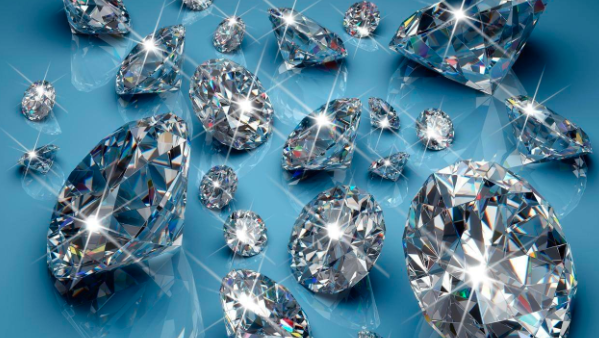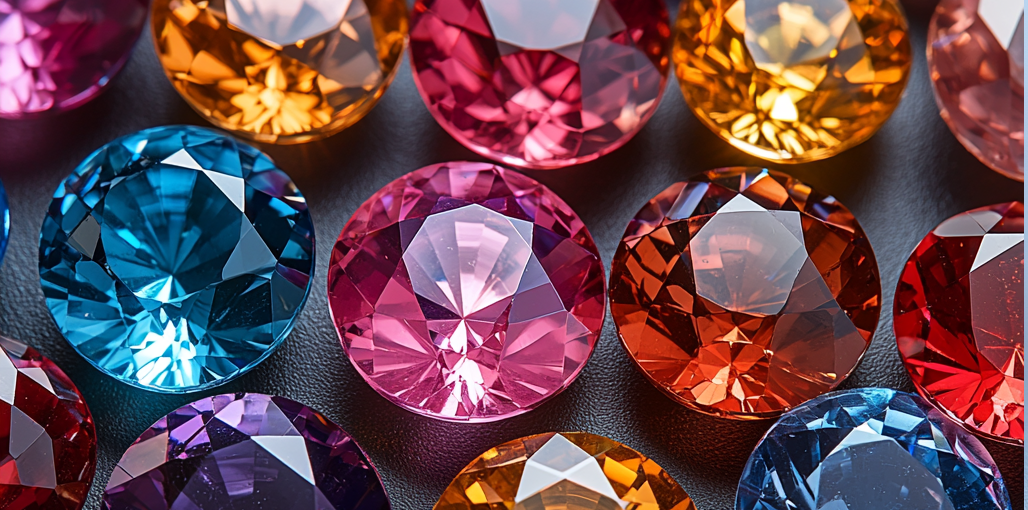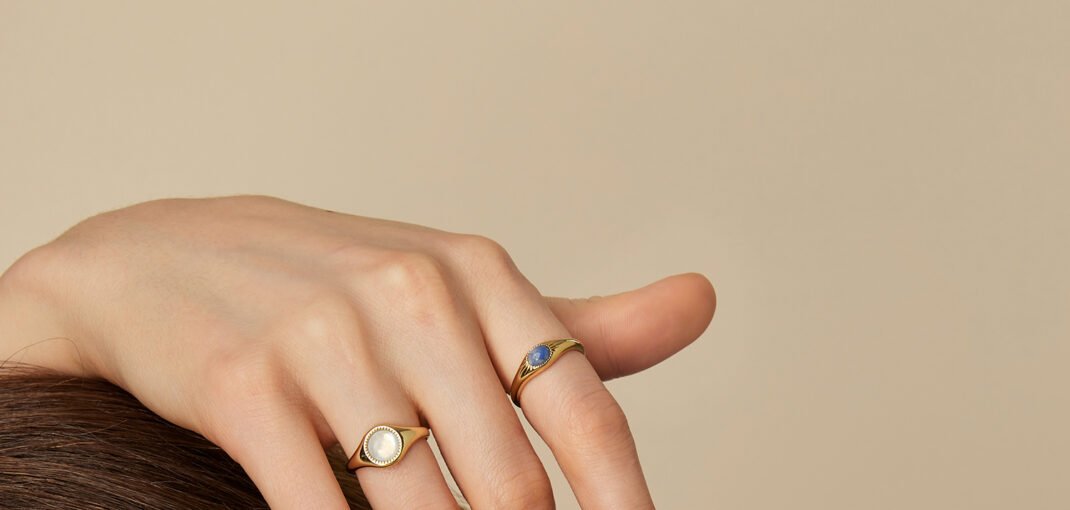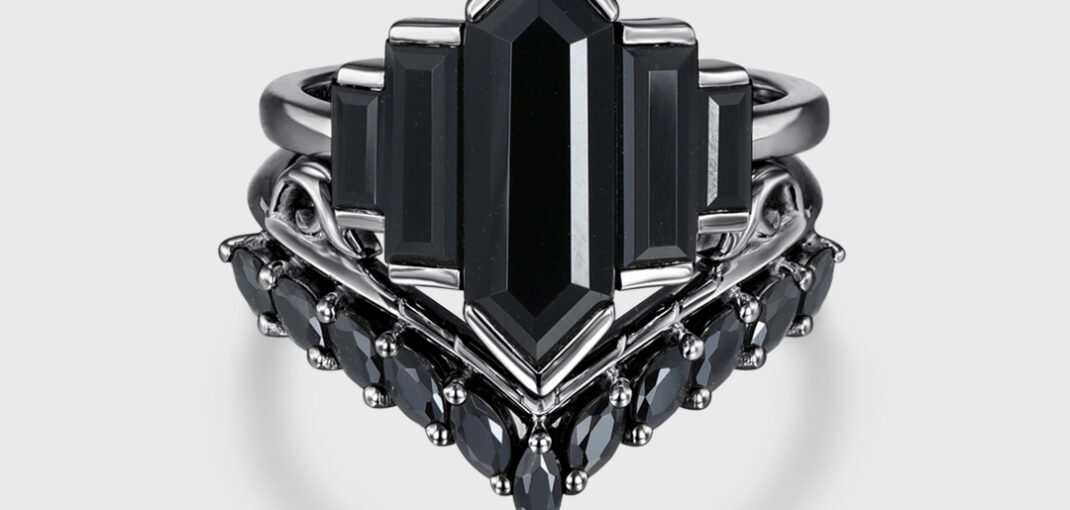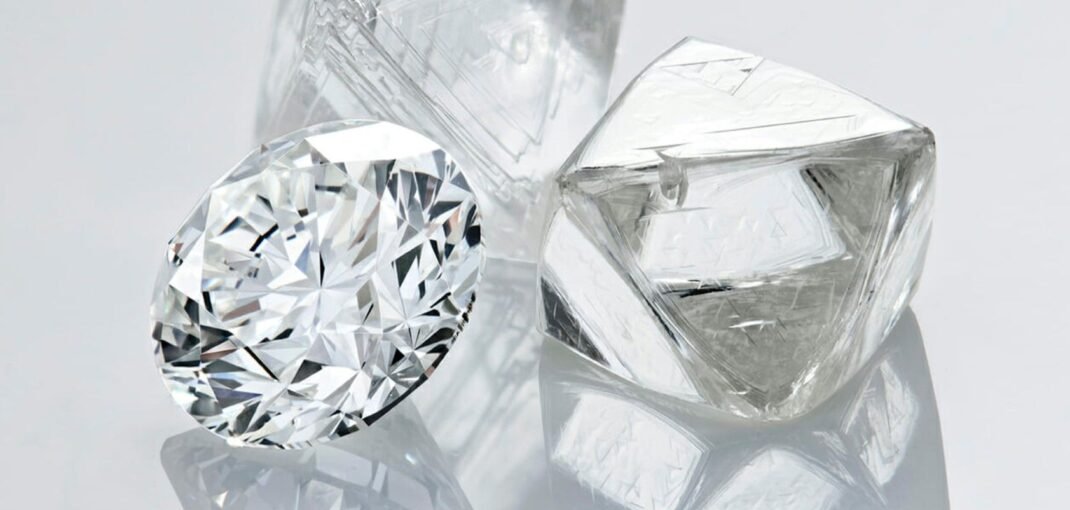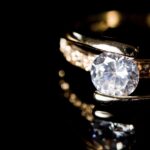Polychromy and Color Change Effects in Gemstones
Understanding Polychromy in Gemstones Polychromy, or the display of multiple colors in a single gemstone, is a fascinating phenomenon. This effect occurs due to the unique way light interacts with the crystal structure. Minerals like tourmaline and andalusite are well-known for their ability to showcase this multicolor brilliance. Polychromatic gemstones are highly valued for their vibrant beauty and rarity. Each stone exhibits colors that can range from warm tones like orange and red to cooler hues such as green and blue. These dynamic color shifts make polychromatic gemstones a favorite among collectors and designers alike. What Causes Color Change in Gemstones? Color change is a phenomenon distinct from polychromy. It occurs when a gemstone displays different colors under varying light conditions. The most famous example is alexandrite, which appears green in daylight and shifts to red under incandescent light. This effect arises from the gemstone’s ability to absorb specific wavelengths of light. The varying light sources influence how our eyes perceive the stone’s color. Factors like chemical composition, structural imperfections, and trace elements contribute to this remarkable optical behavior. Popular Gemstones Exhibiting Polychromy Tourmaline Tourmaline is a prime example of polychromy. It can display multiple colors within a single crystal. Some stones even have a watermelon-like appearance, with green, pink, and white bands. Andalusite Andalusite often exhibits a play of earthy tones, such as green, yellow, and brown. This unique trait is attributed to pleochroism, a property of certain minerals to show different colors when viewed from different angles. Tanzanite Tanzanite is another gemstone that displays a mix of blue, violet, and burgundy hues. Its pleochroic nature makes it incredibly sought after in the jewelry industry. As a special optical effect in gemstones, the “color change effect” is defined in gemmology as the phenomenon whereby the color of a gemstone or mineral changes in response to a change in the spectral energy distribution of incident light or the wavelength of the incident light.To put it simply, it means that the color of a gemstone appears different when exposed to different light sources. Famous Color-Change Gemstones Alexandrite Alexandrite is perhaps the most famous color-change gemstone. Known for its dramatic shift from green to red, this stone is a marvel of nature. Sapphire Certain sapphires also display color change, transitioning between blue and purple or green and pink depending on the light source. Garnet Some garnets exhibit a color shift from greenish shades in daylight to reddish tones under artificial light. Polychromy of gemstones does not mean that there are multiple colors in a gemstone, but it refers to the phenomenon that when a colored, transparent, non-homogeneous, single-crystal gemstone is viewed off-axis, it appears to have different colors or variations in shades of the same color in different directions. In simpler terms, it means that the color of a gemstone changes when viewed from different angles. For example, Alexandrite, a representative of the “color-changing effect”, appears green under sunlight and fluorescent lamps (white light sources) and red under incandescent lamps and candles (warm yellow light sources). Like rubies and emeralds, variegated stones are chromogenic, appearing red when there is a lot of red in the light and green when there is white light. The “color change effect” is therefore a combination of the nature of the light source and the selective absorption of the chromogenic elements in the stone. The Science Behind These Effects Both polychromy and color change occur due to the gemstone’s interaction with light. In polychromy, the orientation of the crystal lattice causes different wavelengths of light to reflect, producing a multicolor effect. In color-change gemstones, trace elements like chromium and vanadium alter the absorption of light, leading to the observed shifts. Caring for Polychromatic and Color-Change Gemstones Proper care enhances the longevity and brilliance of these unique stones. Avoid exposing them to harsh chemicals or prolonged sunlight. Clean them gently using mild soap, warm water, and a soft cloth. Conclusion Polychromy and color change effects make gemstones a testament to nature’s artistry. Whether you’re a collector, designer, or enthusiast, these stones offer unparalleled beauty and fascination. Their vibrant hues and dynamic shifts ensure that every piece is a conversation starter. How do Tanzanite and Sapphire differ in color and appearance? Tanzanite is known for its striking blue-violet hue, often exhibiting color shifts depending on the angle of view and lighting conditions. Sapphire, on the other hand, comes in a wide range of colors, including blue, pink, yellow, and green, but blue sapphires are the most iconic. Tanzanite’s unique pleochroism gives it a more dynamic appearance compared to the consistent coloring of sapphires. Which is more durable: Tanzanite or Sapphire? Sapphire is significantly more durable than Tanzanite, with a hardness of 9 on the Mohs scale compared to Tanzanite’s 6-7. This makes sapphire better suited for daily wear, especially in rings or other jewelry prone to impact. Tanzanite requires more care to prevent scratches or damage. What makes tourmaline unique among gemstones? Tourmaline is prized for its incredible color variety, ranging from vibrant pinks and greens to deep blues and even multi-colored stones (like watermelon tourmaline, which features pink, green, and white hues). Its versatility and unique color zoning make it a favorite among gem collectors and jewelry enthusiasts. Is tourmaline a durable gemstone for everyday wear? Yes, tourmaline is relatively durable, with a hardness of 7 to 7.5 on the Mohs scale. It is suitable for everyday jewelry like rings and necklaces, but care should be taken to avoid hard impacts that could cause chipping or scratching. What makes Alexandrite unique among gemstones? Alexandrite is famous for its remarkable color-changing property, known as the “alexandrite effect.” Under daylight, it appears green to bluish-green, while under incandescent light, it shifts to red or purplish-red. This phenomenon makes it one of the rarest and most sought-after gemstones. Are lab-grown Alexandrites as valuable as natural Alexandrites? Lab-grown Alexandrites are more affordable than natural ones due to the rarity of natural Alexandrite in the market. While lab-grown versions share the same



